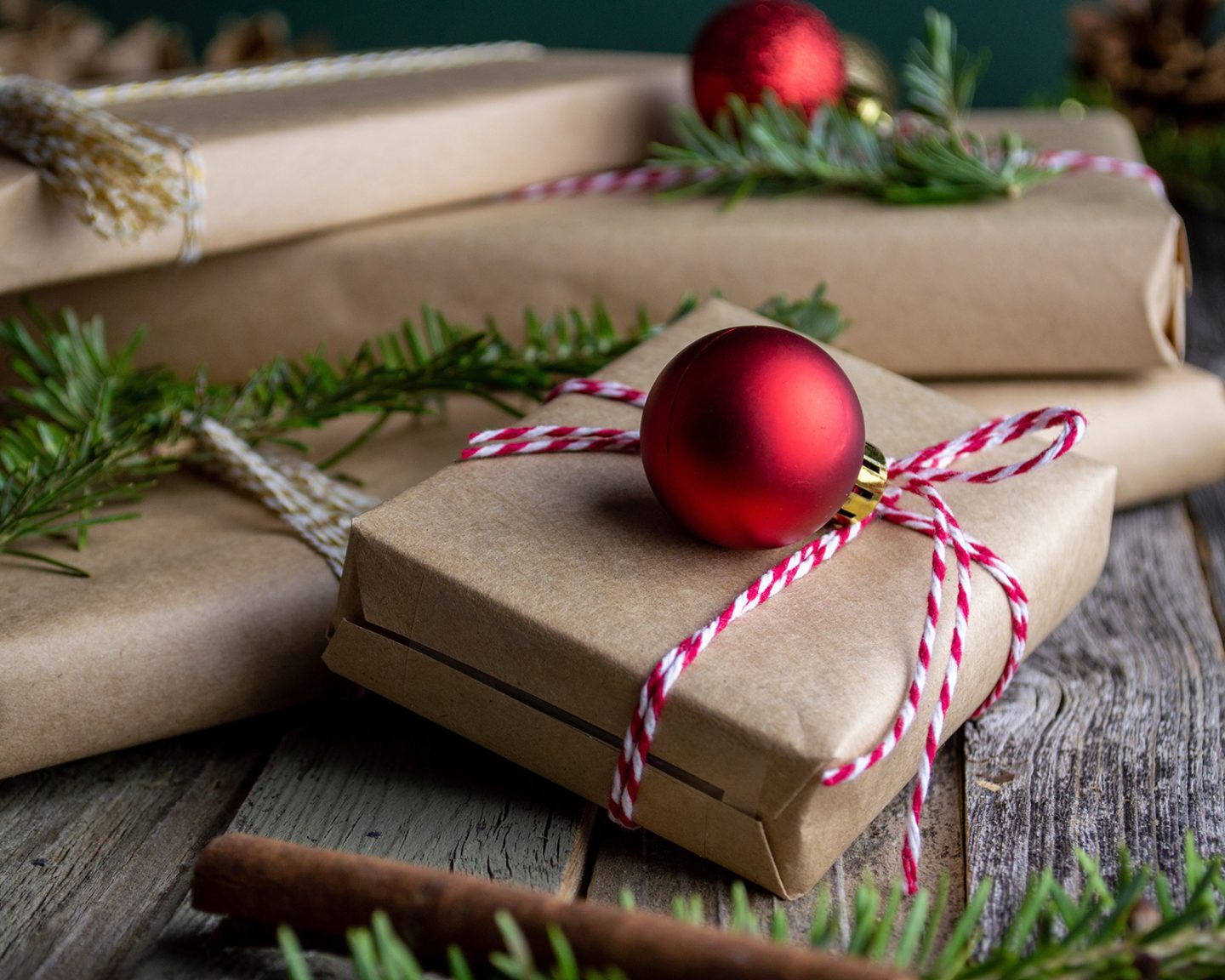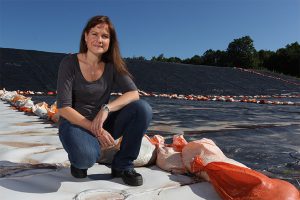
Environment
Bioplastics: Don’t let the label fool you
Doing your part as an eco-conscious consumer doesn’t end once you buy a bioplastic product
- 1626 words
- 7 minutes
Environment

The garbage bag of wrapping paper was as round as Santa’s belly. But I wasn’t laughing and it didn’t shake like a bowl full of jelly. In the last couple of years, my holiday hangover hasn’t been from too much eggnog, but rather the dread of all that waste heading to the landfill.
Zero Waste Canada estimates Canadians toss 25 percent more stuff during the weeks around Christmas compared to the rest of the year. That adds up to some staggering numbers: 540,000 tonnes of wrapping paper and gift bags, 3,000 tonnes of foil, six million rolls of tape and 2.6 billion cards. Almost all of those things contain plastic, which means they’ll be around for thousands of years.
As part of my family’s pledge to reduce plastic around the house, we’ve been working hard to identify where we can cut back this holiday season. Here are five key ways to reduce plastic waste around the holidays.
Instead of buying physical presents, we’re trying to give more virtual ones, no wrapping required. These make a lot of sense because most of us already have too much stuff. Donations to charities are my favourite and a good theme for gift exchanges. Aim for one that jives with the recipient’s interests or values. On my list this year is Protect Our Winters Canada, an outdoor adventure sport-themed charity raising awareness about global warming. Experiences are another great option; research shows experiential gifts like concerts, sports games, travel, etc. make the recipient happier because they’re more personal, unique and, as an added bonus, often involve hanging out with the giver. A third option is something homemade, like food. It’s like giving a piece of your love — as long as you give it in a reusable container, of course.
If you have to buy something physical, spend a little more time researching and shopping around to reduce the amount of plastic involved. Consider the product in its entirety, from materials to packaging. Used book stores and other secondhand shops are a gold mine for unique treasures. If you’re buying new, look for items that come in less packaging and that are made with natural materials — wooden toys, for instance. Melissa & Doug has a huge selection. And Sole Footwear, a Canadian company, uses reclaimed cork in a lot of its footbeds and footwear, including the District By Recork Grade shoes. Finally, if you must buy products made of plastic, see if you can find ones with bio-based or post-consumer recycled content. Patagonia has a bunch of options in just about every category of products they make, including the Cable Beanie, made of a mix of recycled wool and recycled nylon. Four Ocean ups the ante with its bracelets, made of recycled plastic, including five percent from ocean clean ups. Every purchase helps fund the removal of a pound of garbage from the ocean.
Gift wrap may look like paper, but hidden in the shiny, durable and colourful material are inks, waxes and plastic laminates that make most of it unrecyclable. The same goes for bows, cards and tape. Pinterest fans will find plenty of inspiration for alternatives: holiday flyers, fabric scraps, magazine pages collaged together. Decorate rolls of plain paper, available at craft stores, with stamps or drawings. And use roll-on or white glue or fabric ribbon to seal it up. Gift bags are no more recyclable, but are at least reusable. You could use a reusable shopping bag, too — it’s like two presents in one. If you really want Christmas-themed wrapping paper, try Wrappily. The online wrapping paper store uses newsprint and newspaper presses to create recyclable wrapping paper with traditional holiday themes. Then, unwrap it carefully and reuse it next year.
Food is a huge part of the holidays. Cutting back on waste here starts at the grocery store. Bring reusable shopping and produce bags, buy in bulk and use refillable containers when you can. (Zero Waste Canada maintains a database of stores that refill containers.) And choose products with less plastic packaging — a prepared pie with an aluminum plate rather than a plastic one, or a head of romaine rather than a plastic container of salad mix. Let the store know why you chose what you did.
When it comes to dishing out the food and drink, accept a few more minutes in the dish pit and use reusable plates, cutlery and glasses rather than disposable ones. If you don’t have enough for the party, ask guests to bring their own. Adding name tags to glasses and rinsing and refilling them throughout the night helps cut down on the work too. Guests can even make their own.
It’s probably a little late in the holiday season to scrap your current plans, so while you’re doing all your last-minute prep, start looking at ways to cut back on plastic next year. Make a note of ideas in your phone. Decorations are an easy place to start. When buying new ones, opt for non-plastic materials. Skip plastic trees and wreaths and buy natural ones. Things like advent calendars and Christmas crackers are full of plastic, so next year, why not make your own?
I know most of these choices are a lot more work during a season when extra time is a rarity. But I’ve found that the more time and energy I put into a present or hosting a gathering, the more rewarding it feels. And the shared drive to reduce plastic in our house has led to more time working on it together. Isn’t that what the holidays are all about?
Are you passionate about Canadian geography?
You can support Canadian Geographic in 3 ways:

Environment
Doing your part as an eco-conscious consumer doesn’t end once you buy a bioplastic product

Environment
Canada leads the developed world in per capita production of garbage. What’s behind our nation’s wasteful ways?

Environment
Myra Hird, a sociology professor at the School of Environmental Studies at Queen’s University in Kingston, Ont., discusses why recycling isn’t a perfect solution

Science & Tech
Environmental entrepreneur Miranda Wang turns to science to seek profitable solutions to the problem of what to do with our mountains of plastic waste